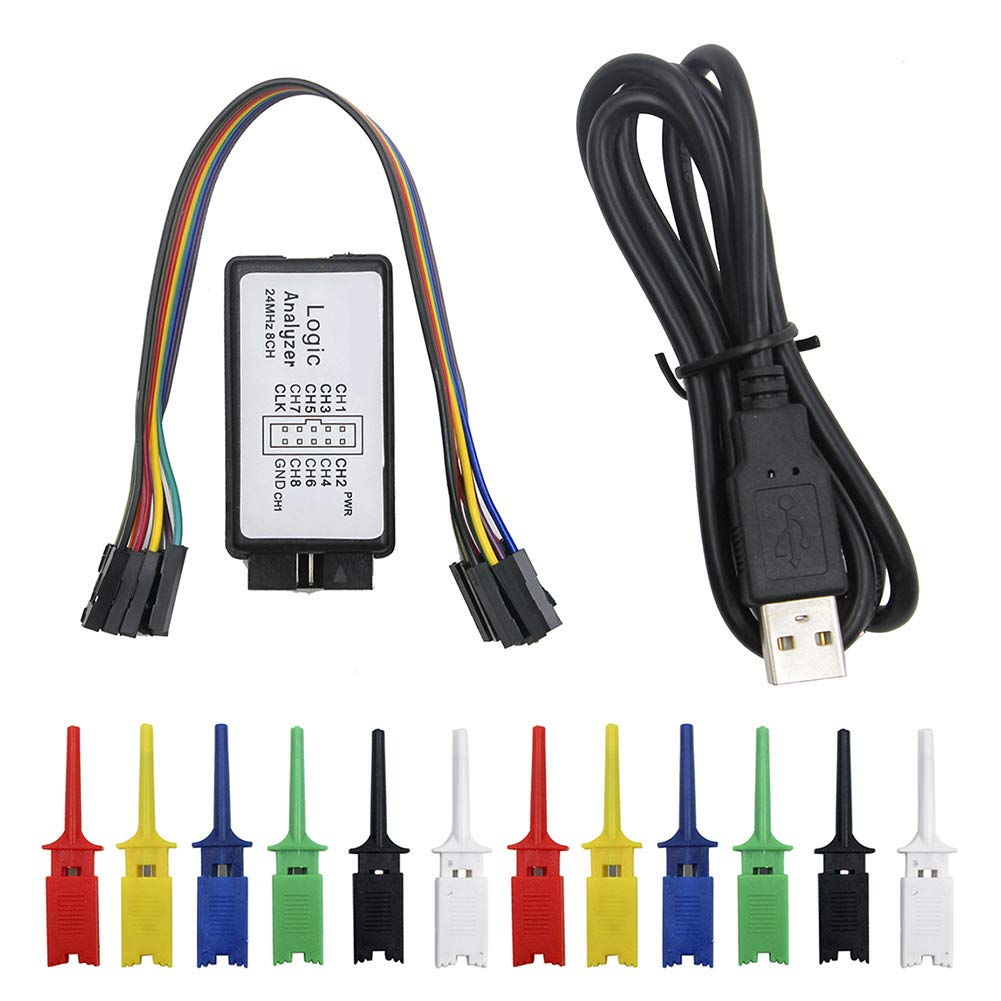








Understanding Utility Analyzers: Your Guide to Optimizing Energy Use
In today’s world, where energy efficiency and sustainability are not just buzzwords but essential practices, understanding how to analyze your utility usage is crucial. Enter the utility analyzer—an invaluable tool that helps consumers and businesses alike make informed decisions about their energy consumption. But what exactly is a utility analyzer, and how can it benefit you? Let’s dive deeper.
What is a Utility Analyzer?
A utility analyzer is a device or software that tracks and measures the consumption of energy, water, and other utilities in your home or business. Think of it as your personal energy detective. It collects data over time, enabling you to see patterns in your consumption. This insight allows you to pinpoint areas where you can cut costs and improve efficiency.
Imagine trying to navigate a maze blindfolded. That’s what managing your utilities feels like without the help of an analyzer. With it, you not only remove the blindfold but also get a map and a guide!
How Does a Utility Analyzer Work?
Utility analyzers operate by collecting data from your utility meters, sensors, or smart devices. They often use wireless technology to transmit this data to a central hub, where it can be analyzed and displayed in user-friendly formats. Many models offer real-time monitoring, alerts for unusual consumption patterns, and even recommendations for improvement.
For example, if you’re running a business and notice a spike in electricity usage during off-hours, the analyzer can alert you to investigate. Is a piece of equipment running when it shouldn’t be? Is there a leak in your system? The utility analyzer does more than just report; it prompts you to take action.
Benefits of Using a Utility Analyzer
The advantages of integrating a utility analyzer into your energy management strategy are manifold:
1. Cost Savings
One of the most compelling reasons to use a utility analyzer is the potential for significant cost savings. By identifying inefficiencies in your energy usage, you can take steps to reduce waste and lower your bills. It’s like finding money you didn’t know you were losing!
2. Environmental Impact
Reducing your utility consumption isn’t just good for your wallet; it’s also beneficial for the environment. By using less energy and water, you lower your carbon footprint and contribute to a more sustainable future. Think of it as doing your part to keep the planet green—one kilowatt-hour at a time.
3. Enhanced Decision-Making
With the data provided by a utility analyzer, you can make informed decisions about energy use. Whether you’re considering upgrading your appliances or investing in renewable energy sources like solar panels, having a clear picture of your current consumption will guide your choices. It’s akin to having a GPS for your energy journey—no more guesswork!
4. Improved Equipment Management
For businesses, understanding utility usage can lead to better equipment management. If certain machines are using more energy than expected, it might be time for maintenance or replacement. By keeping your equipment in top shape, you not only save energy but also extend its lifespan.
Choosing the Right Utility Analyzer
With numerous options available, selecting the right utility analyzer can be daunting. Here are a few factors to consider:
1. Type of Monitoring
Decide whether you need real-time monitoring or if periodic updates suffice. Real-time data can help you react quickly to spikes in usage.
2. Compatibility
Ensure that the analyzer you choose is compatible with your existing utility meters and smart devices. Some models offer integration with home automation systems, enhancing their usefulness.
3. User-Friendly Interface
A complex interface can be a barrier to effective utilization. Look for analyzers with intuitive dashboards that present data clearly and concisely.
4. Cost
While investing in a utility analyzer can lead to cost savings, it’s essential to choose one that fits your budget. Consider the potential return on investment when making your choice.
Conclusion
In a world increasingly focused on sustainability and efficiency, utility analyzers stand out as essential tools for both homeowners and businesses. By providing insights into energy and water consumption, these devices empower users to make informed decisions that can save money and benefit the environment. So, if you’re ready to take control of your utility usage, consider investing in a utility analyzer. After all, knowledge is power—especially when it comes to optimizing your resource consumption.
FAQs
1. How much can I save by using a utility analyzer?
While savings vary based on individual consumption patterns, many users report reductions of 10-30% in their utility bills after implementing the insights gained from a utility analyzer.
2. Can a utility analyzer help with water consumption?
Yes! Many utility analyzers track water usage alongside energy consumption, allowing you to identify leaks and inefficiencies in your water systems.
3. Are utility analyzers difficult to install?
Most utility analyzers are designed for easy installation, often requiring no more than plugging into an outlet or connecting to your existing utility meters. Many manufacturers provide step-by-step guides to simplify the process.
